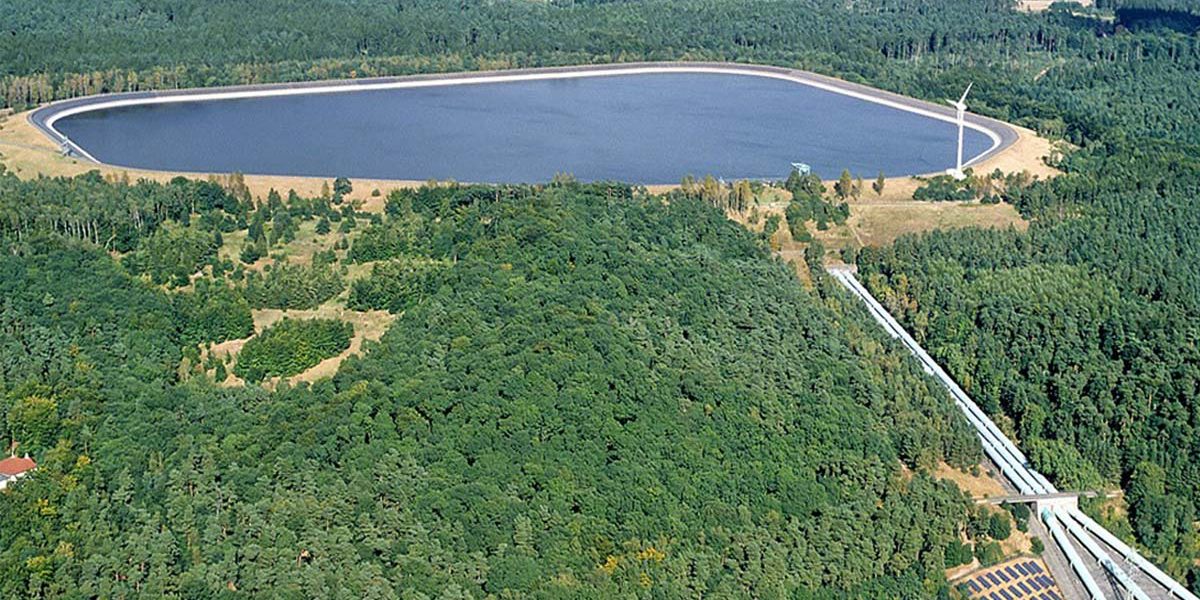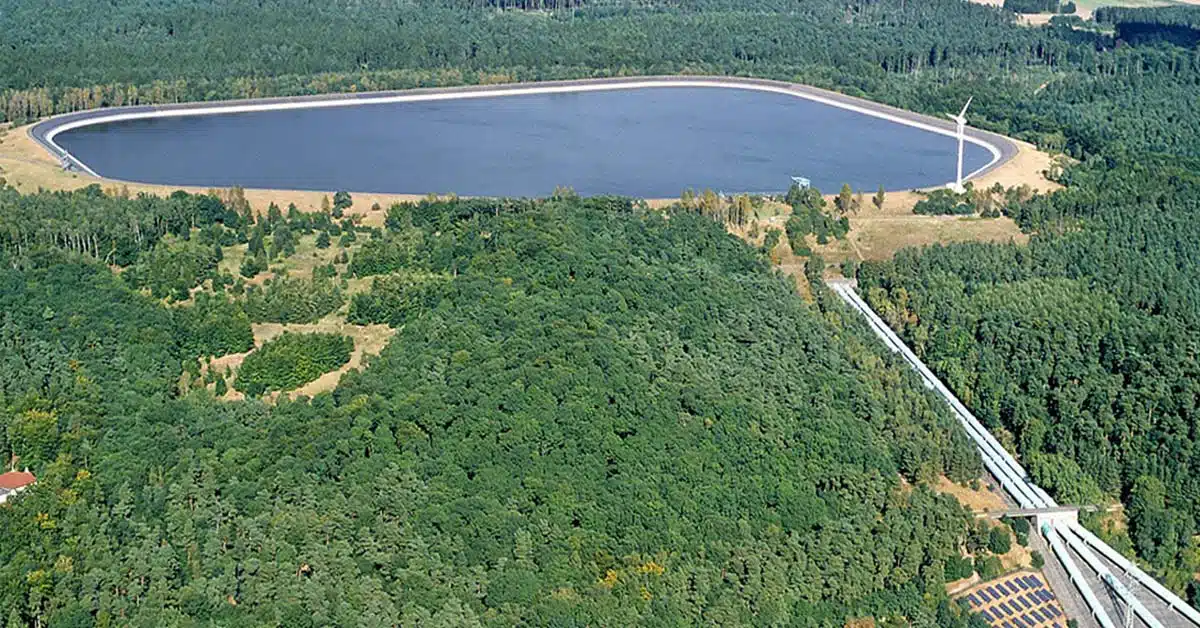The use of massive water reservoirs may just hold the key to producing enough renewable electricity for larger communities.
The Ludington Pumped Storage Plant in Michigan is one such example. This enormous artificial pool stores water for generating electricity for over a million homes within the area.
The tech behind the facility is surprisingly simple. Water is pumped in from nearby Lake Michigan, which sits at a lower level, and into the storage plant. The water is then allowed to flow downhill through a series of large turbines to produce power.
Rethinking the hydropower sector
While hydroelectric power has been around for decades, the concept of pumped storage is being hailed as one of the most logical methods to effect the shift from fossil fuels to renewable energy.
Referred to by advocates as the world’s biggest battery systems, pumped storage facilities show great promise. They can store and release substantial amounts of electrical energy for power grids in insufficient sunlight or wind for either solar panels or wind farms.
Today, pumped storage plants make up 93% of utility-scale energy reserves in the United States. Currently, 43 such facilities generate a combined output of 22 gigawatts, essentially the same as a standard nuclear power plant.
While only one new facility has been built in the US since 1995, 90 are currently in the planning stage and a new one is set to rise in Oregon.
Meanwhile, at least 60 are under construction in Europe and Asia, particularly in China, India, and Japan.
But if these facilities are so promising, how is it that companies aren’t building more of them?
Construction is a challenge
While its own people hope to build new facilities, Consumers Energy, the team that developed the Ludington facility, opines that it will prove challenging on numerous levels.
For one thing, building a reservoir of such magnitude means having a budget in the billions. Indeed, unless private corporations can secure government assistance, constructing a new pumped storage plant is nigh on impossible.
For another, it takes a long time for pumped storage initiatives to secure permits from regulatory agencies like the US Federal Energy Regulatory Commission (FERC,) as well as state or local governments. Indeed, US National Hydropower Association president Malcolm Wolf laments that securing the necessary permits forces companies to deal with too much red tape.
But there is hope on the horizon. Companies like Texas-based Quadnet Energy and Switzerland’s Energy Vault are working on similar yet more scalable technologies that may turn the dream of at least one pumped storage facility per community into an attainable reality.







